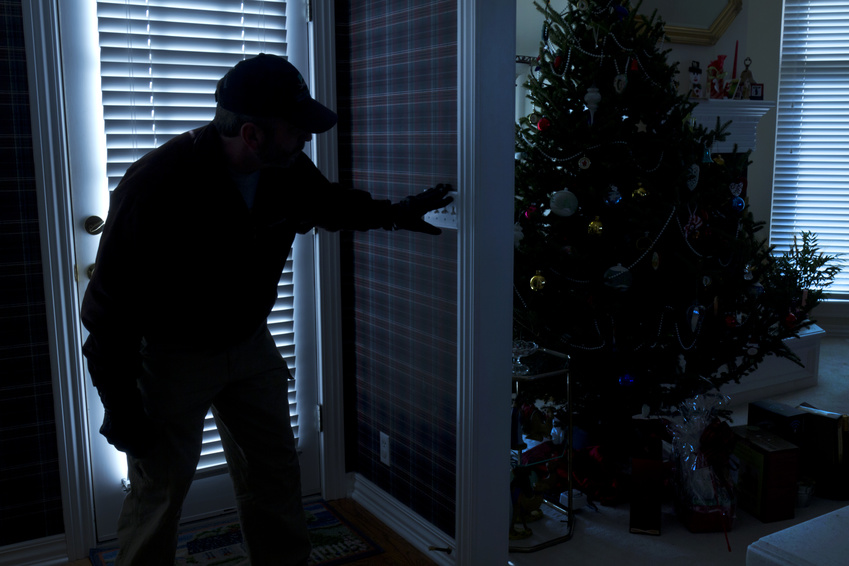
If you’re a historical purist, Mary Queen of Scots may not be your favorite film — but it’s certainly an exciting (and perhaps a more accessible) movie for the masses — in more ways than one.
The new film stars Margot Robbie and Saoirse Ronan as Queen Elizabeth I and Mary Stuart, respectively. The cousins never met in real life, though their rivalry was well-documented. In this adaptation, however, the women do interact. The story is loosely based on real events (including the ordering of the Scottish ruler’s execution at the hands of the Virgin Queen), but the plot is not restricted by the chains of historical accuracy.
And much to renowned costume designer Alexandra Byrne’s delight, the costumes aren’t either. Although the United States cinema is the oldest industry in the world, originating more than 121 years ago, the saga of the Tudor dynasty predates its creation by several centuries. That could present a challenge for some costume designers, but Byrne has an immense amount of experience in costuming for this era. In fact, she won an Oscar for her work in Elizabeth: The Golden Age.
But her familiarity with the iconic figurehead didn’t serve as an excuse for Byrne to rest on her laurels. She wanted to do something different with this Elizabeth, and seeing as historical accuracy wasn’t a main concern, she put her creativity to good use when designing the period ensembles for the film.
As Byrne explained to InStyle: “What I felt about the film as a whole, is that I didn’t want it to be a kind of revolving door of ‘here comes another queen in another frock.’ I wanted to try to limit the fabrics I was using so that I was manipulating the fabric to tell the story.”
In the end, Byrne chose a fabric that many of us modern folk own a whole lot of but that wouldn’t have made an appearance in Elizabethan England: denim. Although the average woman today owns an average of seven pairs of denim jeans, the fabric wasn’t actually invented until the late 1800s. Still, Byrne felt it was an appropriate choice for the desired feel of the film and its financial constraints.
Byrne, in an interview with the Hollywood Reporter, noted that her prior experience with period films actually prompted her to go in a completely different direction with this piece.
“I have done the Elizabethan period before,” Byrne said, “and I knew what it took to make those dresses, and what stock was available, which allowed me to have a clear, strong, instinctive response to the script from the start. Given all of the artistic, contextual and budget choices, I landed on the idea very quickly of using denim. It?s not true to period, but artistically, the reason why I chose it was that I wanted the clothes to have an immediacy and accessibility … I also wanted fabric that got better with wear, because Elizabethans didn’t have dry cleaners … On the practical front, weather in Scotland, where we were shooting, can be rain, hail and sun in one day, and the clothes were going to get wet and muddy.”
Although the average American now spends approximately $1,800 per year on clothing, Byrne’s team was responsible for creating 65 costumes between the two queens and over 200 ensembles for the rest of the cast — making a much higher budget necessary, even with the more affordable fabrics being used. The garments worn by royalty during this pivotal moment in time were vastly different to the casual apparel most of us wear on a regular basis. Still, denim would have been a more durable and versatile option, if only the Elizabethans would have had access to it. Using an unconventional material to create the voluminous dresses worn during Elizabeth I’s reign makes for an intriguing juxtaposition between traditional and modern — a motif that’s echoed throughout the film itself.
Mary Queen of Scots is now playing in theaters nationwide.




